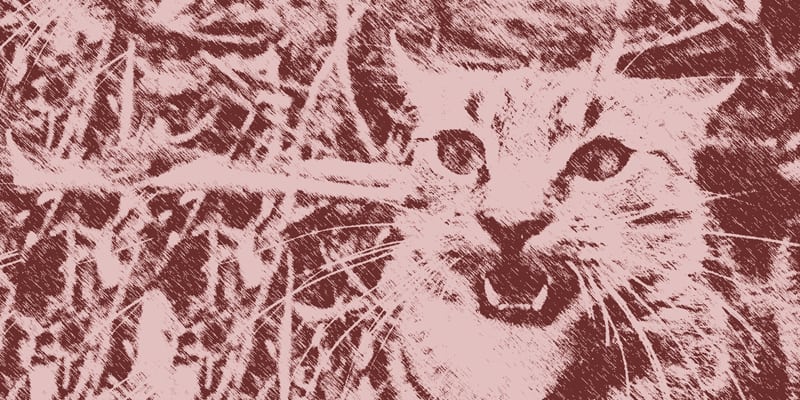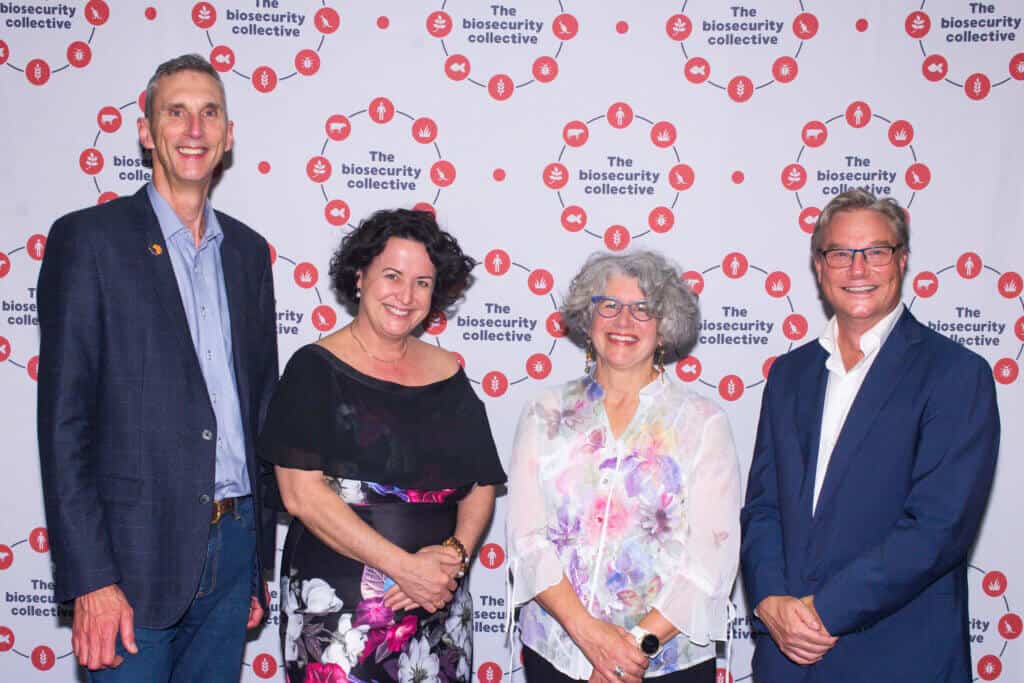A submission to the draft national environment and community biosecurity research, development and extension strategy 2014-17 prepared by the Invasive Species Council in May 2014.
The strategy is an important initiative that fills a significant gap in the setting of priorities for research on invasive species impacting on the environment and the community in Australia. While the Invasive Species Council supported the overall direction of the strategy, we suggested changes to the objectives to give it a clearer prevention focus, additional detail on the severity of impacts on the environment and trends in government, research capacity and NGOs. There is also a need to specify roles to implement the strategy. Strongly supported was establishment of a national coordination committee to oversee the strategy’s implementation, a stronger role for the non-government sector in the implementation of the strategy.








